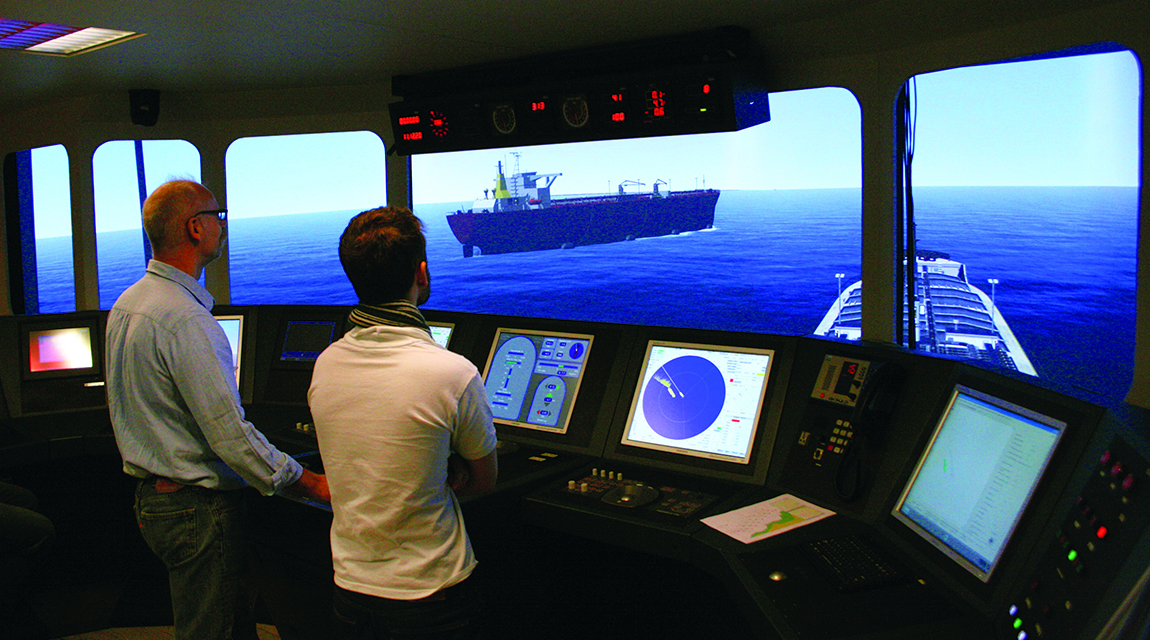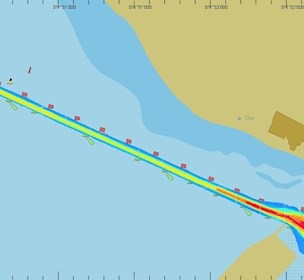Simulations used to evaluate the New Port of Veracruz
Simulation studies have shown how the New Port of Veracruz can increase safety and optimise operational efficiency for container ships calling the port.
The Port Administration of Veracruz (APIVER) have planned the expansion of its terminal facilities, including the construction of a new separate port area, called the New Port of Veracruz (NPV).
NPV is located northwest of the existing port in the area of the Bahía de Vergara and consists of a terminal area of approximately 2500 m in length protected by a breakwater creating an artificial barrier east of the terminals.
New simulations help captains and pilots gain experience with the new port and new tug strategies
The new simulations were performed to confirm the results from 2008 and to determine the feasibility of operating the new port with container ships up to 366 m LOA under prevailing environmental conditions using different tug strategies.
Further, the simulations helped the captains and pilots gain experience with the new port and made it possible for them to try new strategies for the use of tugs. Specifically, the simulations aimed at demonstrating the advantage of using tugs “working on the line” rather than using the “Yankee” method where tugs are connected as push/pull on the beam.
The pilots and captains could see that the “working on the line” proved to be safer and more effective and it even proved that the number of tugs could be reduced. Local Veracruz pilots and captains sailed the different container ships during the six days of simulations.
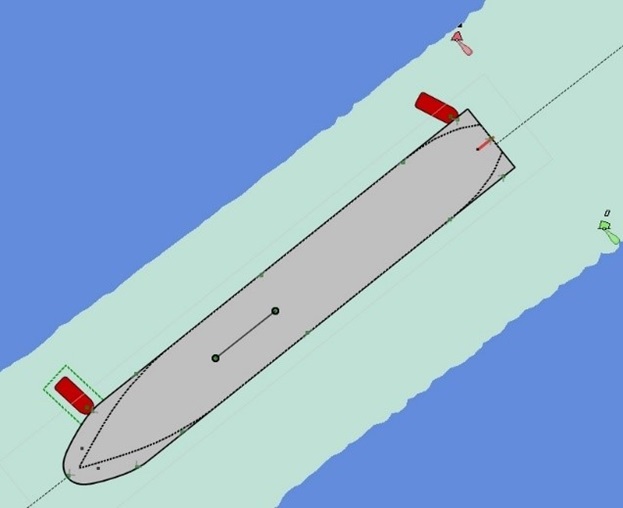
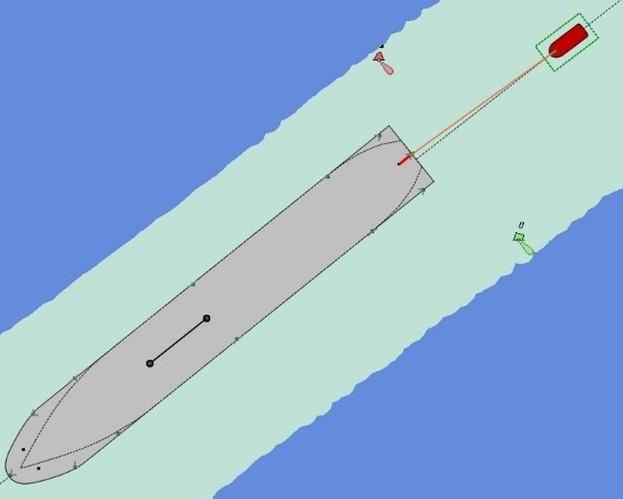
Simulations visualises improvement opportunities (harbour design and tug use) for all stakeholders
The simulator is an excellent tool for evaluating new developments within harbour design and strategies for use of tugs. However, another important function is that all stakeholders get a visualisation of how the new port is operated as seen from a mariners’ point of view.
Thereby it is possible to discuss and try different strategies to get the most optimal solutions for the port and the shipowner with respect to safety e.g. approach strategy, tug strategy and so on. In the case of Veracruz, the stakeholder group consisted of captains, pilots, engineers and administration.
Changes to the layout can be done immediately during evaluation simulations
A huge advantage is that changes to layout found during the simulations can be incorporated in the simulations, which was the case for the Veracruz evaluation simulations.
It was found that the turn into the terminal area was problematic and a suggestion for a smoother turn was suggested. With the flexibility of the FORCE Technology simulator and personnel a new database was created with the smoother turn and it was tested.
It was found that the new suggested turn was smoother and safer for the pilots and captains to negotiate to the satisfaction of the stakeholders.
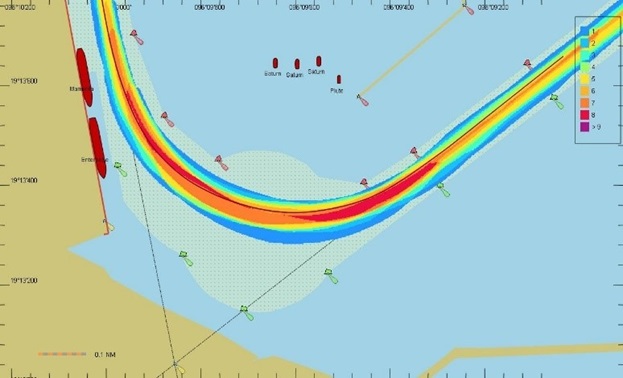
How simulations lead to improved safety and efficiency of the port operations of the New Port of Veracruz
During the Veracruz simulations a lot of subjects were discussed among the stakeholders such as environmental limits, speed limitations, existing tug capacity versus future tug capacity, strategy for use of tugs, under keel clearance, training of pilots and tug masters etc.
All the issues discussed and tested during the simulations led to an outcome that can be used for improving the safety of the port operations in the New Port of Veracruz (NPV). The new simulations of the manoeuvrability and operational safety in the NPV resulted in:
- Confirmation that the approach channel is adequate for container ships up to 366 m LOA
- Confirmation that changing the turn into the terminal area will improve safety
- Confirmation that using the “in line” method instead of “Yankee” method can reduce the number tugs needed to safely control the container ships
- Confirmation that draft of ships tested (13.5 m) did not cause problems for under keel clearance
- Implementation of a speed limit when negotiating the channel and the swing into the terminal area.


